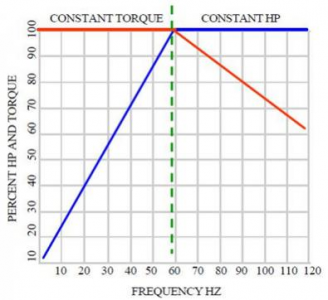- Joined
- Feb 27, 2015
- Messages
- 105
I have a Gorton 0-16A that currently has a 440v 3 phase motor. I have 220v 1 phase. I am not going to do anything with the mill other than small projects. I got the mill for $1000 and I like it. I posted a thread here looking for help with rewiring the motor but the general opinion is a different motor will be the most economical route. The mill uses a 2 speed motor, 1hp at 1800 rpm and 2hp at 3600 rpm. It has 10 speeds by pulley per motor rpm.
So, what options are out there to find a motor?
So, what options are out there to find a motor?
Last edited:



